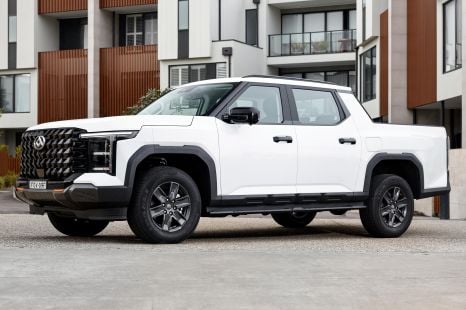

Damion Smy
3 Days Ago
Motor shows are back! This week, the world's carmakers descend on Munich to show their latest wares.

News Editor
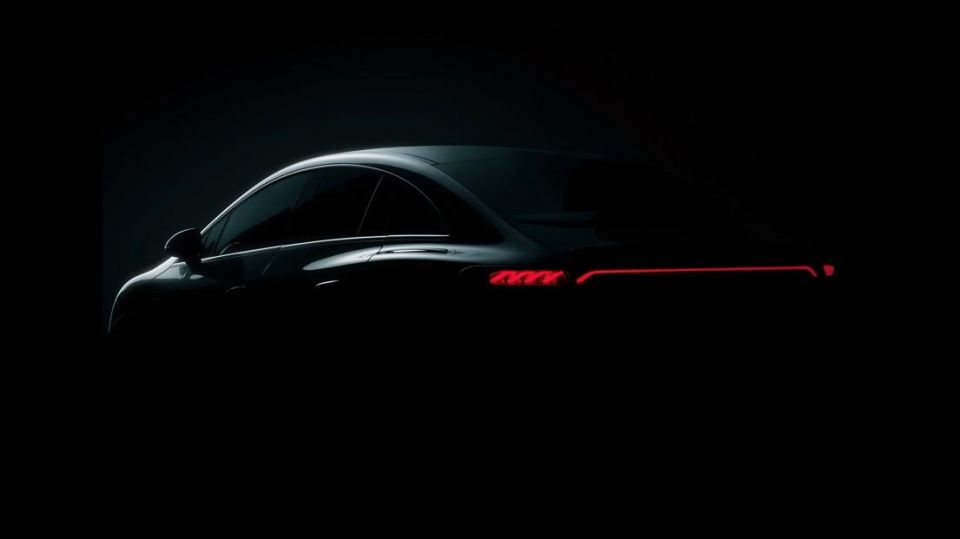

News Editor
It used to be we looked forward every year to the Frankfurt motor show. Last year, however, the show organisers announced it was moving to Munich.
Officially called IAA Mobility, the 2021 Munich motor show will be host to a raft of debuts.
These won’t be limited to German stalwarts like Audi, BMW, Mercedes-Benz, Porsche and Volkswagen, with the likes of Cupra, Kia and Renault also set to pull the silks off important new vehicles.

Audi will reveal the first two of its trio of all-electric ‘sphere’ concepts at Munich, with the Urbansphere SUV concept to follow in 2022.
The Grandsphere is a large 2+2 with Level 4 autonomous driving smarts that Audi says previews a production model it’ll reveal by the middle of the decade.
Featuring a lounge-like interior with a steering wheel and pedals that can be retracted at will, the Grandsphere rides the new Premium Platform Electric (PPE) co-developed with Porsche.
It’s sized similarly to a long-wheelbase A8 and uses a 120kWh battery with 800V charging technology and a dual-motor all-wheel drive powertrain.
Total outputs are 530kW of power and 960Nm of torque, with a claimed electric range of over 750km on the stricter WLTP standard and a 0-100km/h time of just over four seconds.
MORE: Audi Grandsphere concept revealed
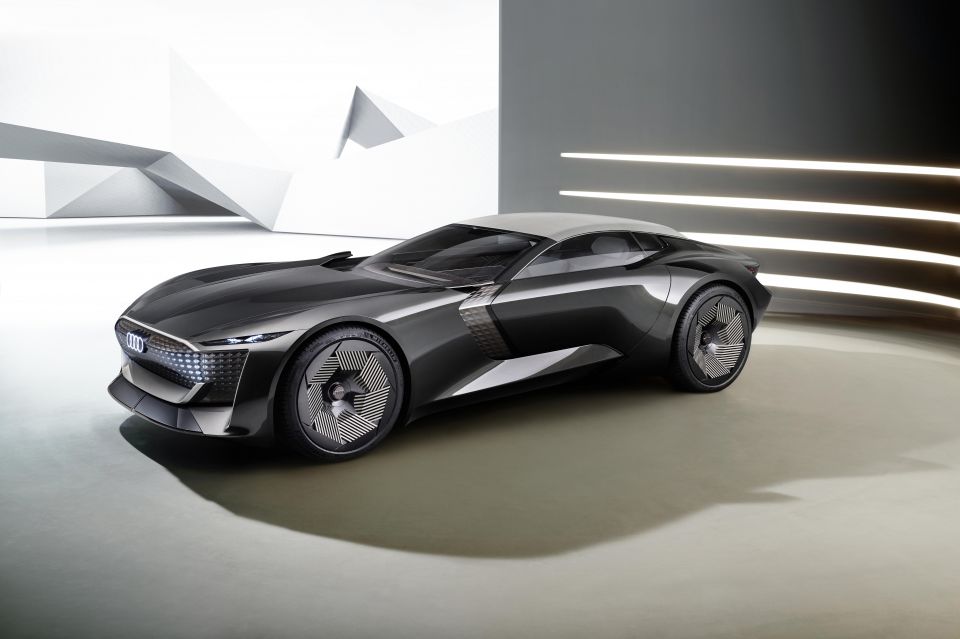
While the Grandsphere gives an indication of a future production model, the Skysphere is a little more of a pie-in-the-sky concept.
Under the skin is a platform with a variable wheelbase packing 250mm of articulation, allowing drivers to transform their 4940mm-long roadster into 5190mm-long grand tourer at the push of a button.
In e-roadster mode, the skysphere has pedals and a steering wheel so the driver can take charge. Under the skin is a rear-wheel drive electric powertrain with 465kW of power and 750Nm of torque, good for a four-second sprint to 100km/h.
With a lithium-ion battery packing more than 80kWh on board, claimed range will be north of 500km on the WLTP range test when the car is in its more efficient GT mode.
MORE: Audi skysphere concept revealed in California

The redesigned Audi RS3 will make its in-person debut at Munich ahead of a local introduction in the first half of 2022.
The RS3 still packs a turbocharged 2.5-litre five-cylinder engine mated to a seven-speed dual-clutch automatic, and while its power is unchanged at 294kW compared to the current model, it packs 20Nm more torque for a total of 500Nm.
Both the Sportback and sedan can do the 0-100km/h sprint in just 3.8 seconds, down from 4.1 seconds, while maximum power is now available at 5600rpm, down from 7000rpm.
The new RS Torque Splitter allows for active and fully variable torque vectoring between the rear wheels, while there are new drive modes designed for track driving and drifting.
MORE: 2022 Audi RS3 revealed
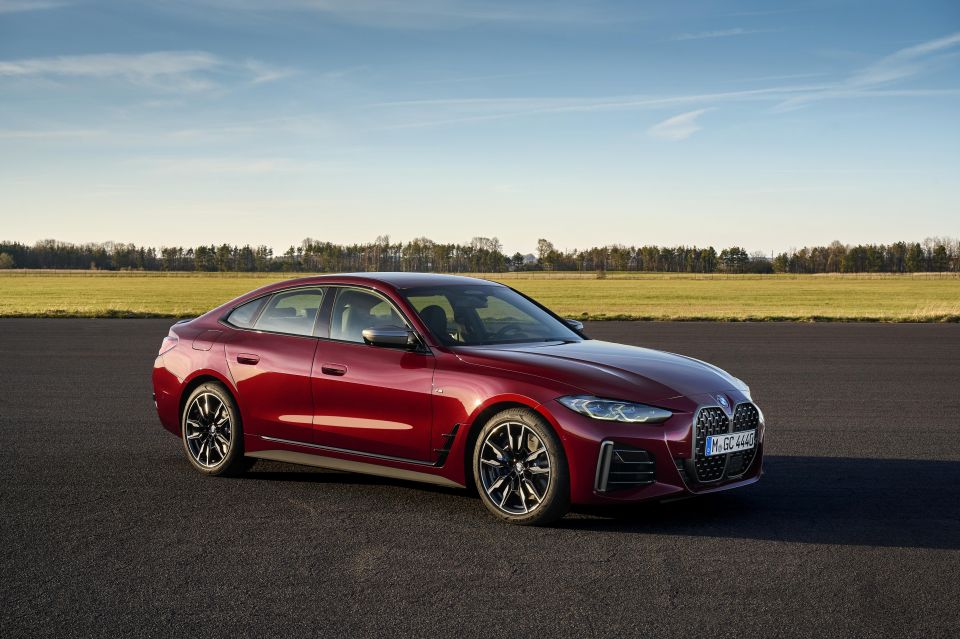
The BMW 4 Series Gran Coupe rounds out the 4 Series range, and will arrive in Australia by the end of 2021.
The Gran Coupe range mirrors that of the two-door model, with three models topped by the M440i xDrive.
At 4783mm in length, 1852mm in width and 1442mm in height, it measures 143mm longer, 27mm wider and 53mm than its predecessor.
Track width is up 50mm at the front and 29mm at the rear, while the 2856mm wheelbase is 46mm longer than the old car and 5mm longer than that of the 3 Series Sedan.
MORE: 2022 BMW 4 Series Gran Coupe price and specs
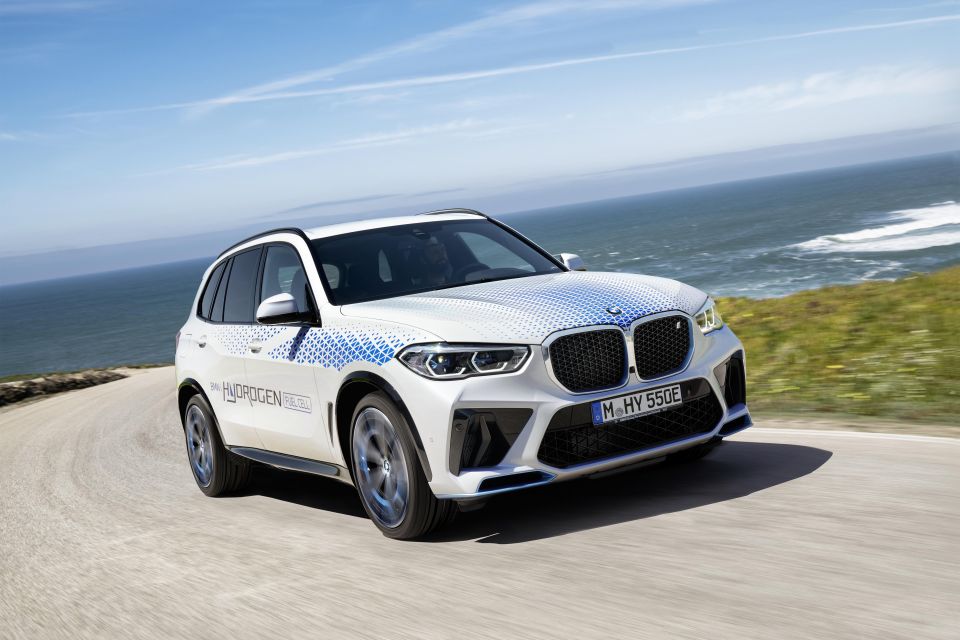
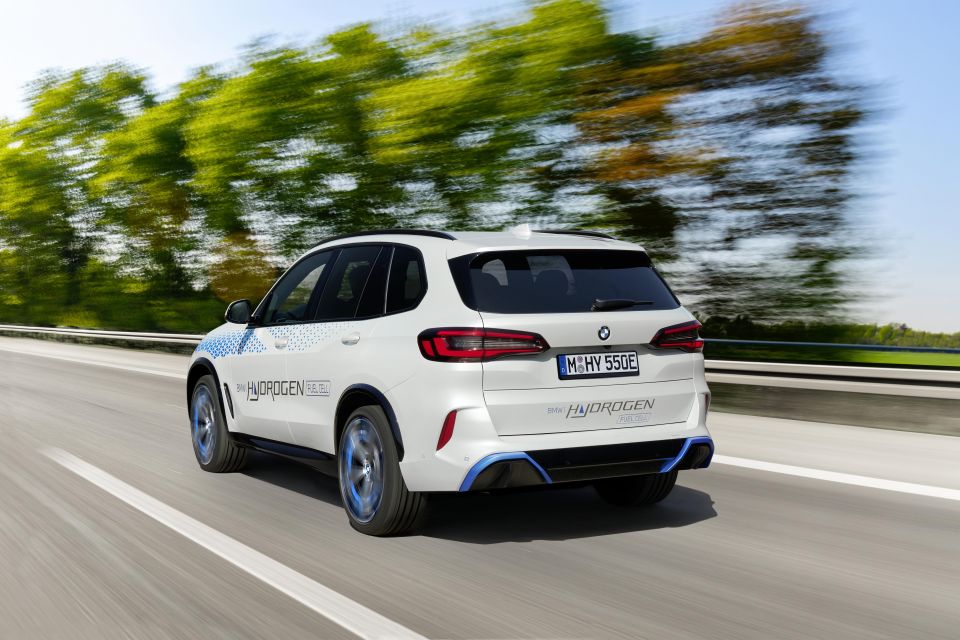
BMW will showcase its latest hydrogen fuel-cell electric vehicle, the iX5.
Based on the X5 SUV, it features two carbon-fibre reinforced plastic tanks that store 6kg of hydrogen at 700 bar of pressure, and can be refilled from a hydrogen re-filler in a few minutes.
It combines the stored hydrogen with atmospheric oxygen in a stack of membranes. Electricity is drawn from the chemical reaction to drive the motor, with water being the byproduct instead of carbon dioxide.
The BMW iX5’s electric drive motor additionally draws power from coasting overrun and regenerative braking charge stored in a battery. Maximum power is 275kW.
MORE: BMW ‘pushing forward’ on hydrogen fuel-cells, starting with X5

The Cupra Born is the Spanish brand’s first all-electric vehicle, riding the MEB architecture that underpins the likes of the Volkswagen ID.3 and ID.4.
It’s significant as the Cupra brand, launching locally in 2022, has said it wants to bring “the first affordable European electric car to the Australian market”.
The Born is offered with two drivetrains we’ve already seen in the ID.3, with either a 110kW or 150kW motor driving the rear wheels. Both options have a torque figure of 310Nm.
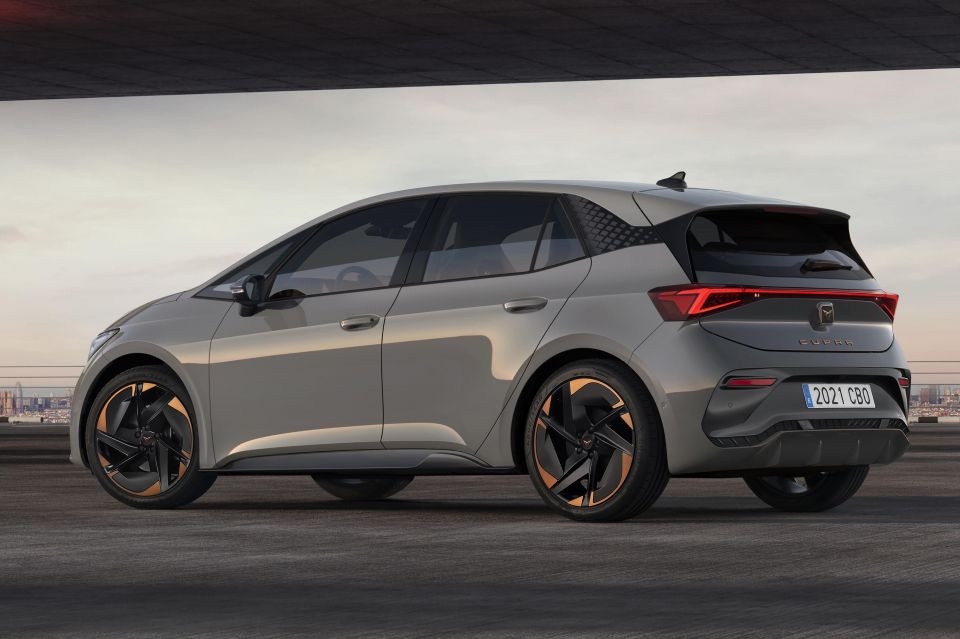
To justify the Born’s sportier positioning and styling, there is an e-Boost option that increases power output to 170kW, but there’s been no confirmation of the 220kW dual-motor all-wheel drive system found in the ID.4 GTX.
With a 58kWh battery pack the Born e-Boost is capable of reeling off the 0-100km/h sprint in 6.6 seconds, but this rises to 7.0 seconds with the heavier 77kWh battery.
A 45kWh battery pack is available on base models. Depending on the battery and motor combination chosen, driving range is between 340km and 550km according to the WLTP test.
MORE: Cupra Australia ‘very much wants’ Born electric car
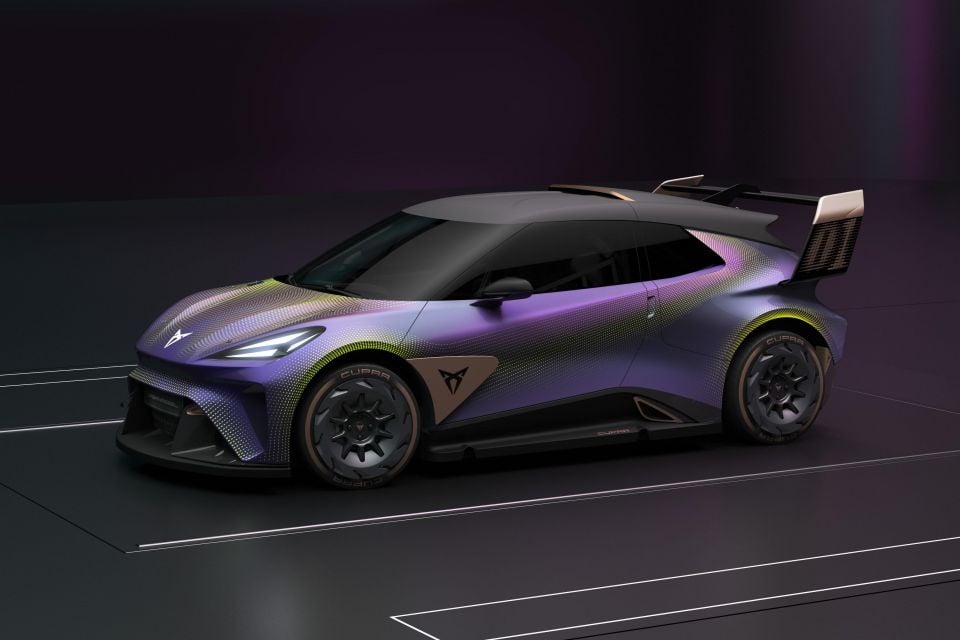
Look past the aggressive front and rear bumpers and wild wing, not to mention the 320kW peak power output, and the UrbanRebel is a preview of something much more mainstream.
The Volkswagen Polo-sized electric vehicle “teases the proportions of the future urban electric car in a racing disguise”, according to the company.
In other words, this is a disguised version of a future ‘MEB-Lite’ vehicle, using a shortened version of the Volkswagen Group’s MEB all-electric architecture.
The shorter MEB architecture will reportedly use battery packs from the full-size MEB platform, which currently stretch from 45kWh to 77kWh.
Cars reportedly being developed on the architecture include the 2024 Skoda Elroq crossover, 2025 Volkswagen ID.1 crossover, 2025 Seat Acandra hatchback, and Volkswagen ID.2 hatch.
MORE: Cupra UrbanRebel concept unveiled
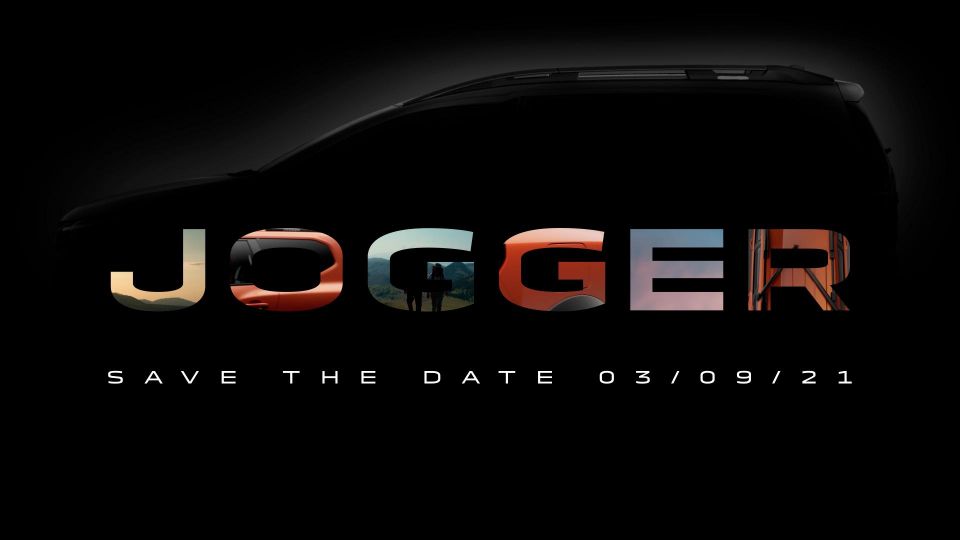
Renault’s budget brand Dacia will reveal a new seven-seat SUV called the Jogger, which will reportedly replace the MCV wagon and Lodgy MPV.
The Romanian brand has released a single teaser of the Jogger, which will slot in above the Duster in its line-up.
“It will be known as Dacia Jogger! A simple, strong, and international name for the latest big brother sibling in the Dacia family – a versatile 7-seater family car…” it said in a short statement.
MORE: Dacia Jogger: Seven-seat SUV coming from budget Renault brand

For the first time, Kia Europe will get its own version of the Sportage.
It features a 75mm shorter wheelbase than the next-generation long-wheelbase model coming here, and measures 145mm shorter overall. However, it’s still said to be roomier in key dimensions than the outgoing global model.
The range comprises 1.6-litre turbo-petrol and turbo-diesel four-cylinder engines, both available in two states of tune and almost all featuring a mild-hybrid system.
Additionally, it’ll offer a choice of hybrid and plug-in hybrid 1.6-litre turbo-petrol powertrains.
The PHEV uses a 66.9kW electric motor and 13.8kWh battery pack, good for a total system output of 195kW, while the hybrid uses a smaller electric motor and battery (44.2kW and 1.49kWh) for a total system output of 169kW.
MORE: 2022 Kia Sportage detailed for Europe
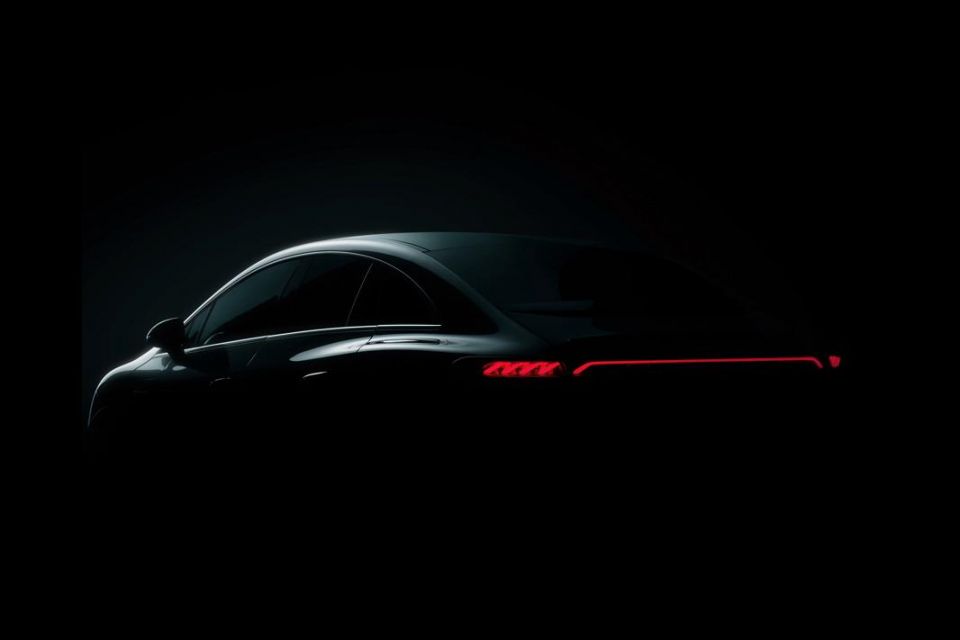
Mercedes-Benz will reveal three vehicles on its new Electric Vehicle Architecture across its core, AMG and Maybach brands.
The Mercedes-Benz EQE sedan will slot in underneath the EQS liftback, and while it’s recognisable as a member of the EQ family it has a different exterior look to the EQS.
Inside, however, this roughly E-Class-sized sedan bears a strong resemblance to the EQS with its expansive MBUX Hyperscreen.
MORE: 2022 Mercedes-Benz EQE set for September reveal
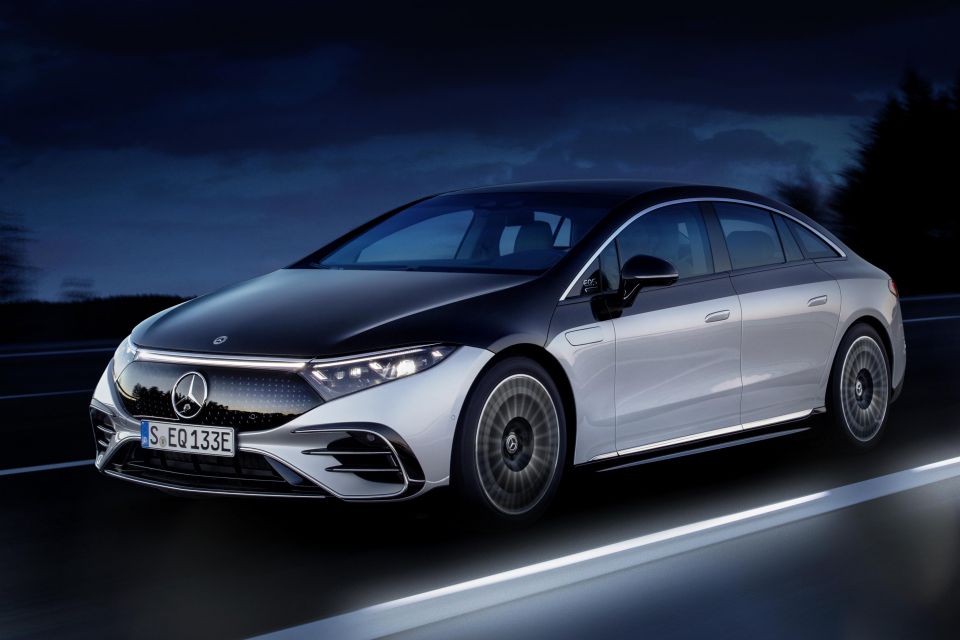
Mercedes-AMG says it’ll reveal its first all-electric sedan at Munich.
Expected to be a fettled version of the large EQS fastback, it will show the brand’s “clear commitment to fuse fully electric models with characteristic AMG DNA” and promises impressive performance figures and “involving and emotional handling”.
Mercedes-Benz has previously said a 580kW version of the EQS was in the works, pumping out 195kW more than the current range-topping EQS580 4Matic.
Mercedes-AMG’s new all-electric powertrain is claimed to have performance levels on par with the current 4.0-litre V8 twin-turbocharged engine.
With two independent synchronous electric motors and fully variable all-wheel drive, Mercedes-AMG claims a 0-100km/h sprint of less than 4.0 seconds.
MORE: Mercedes-AMG to reveal its first electric sedan in September
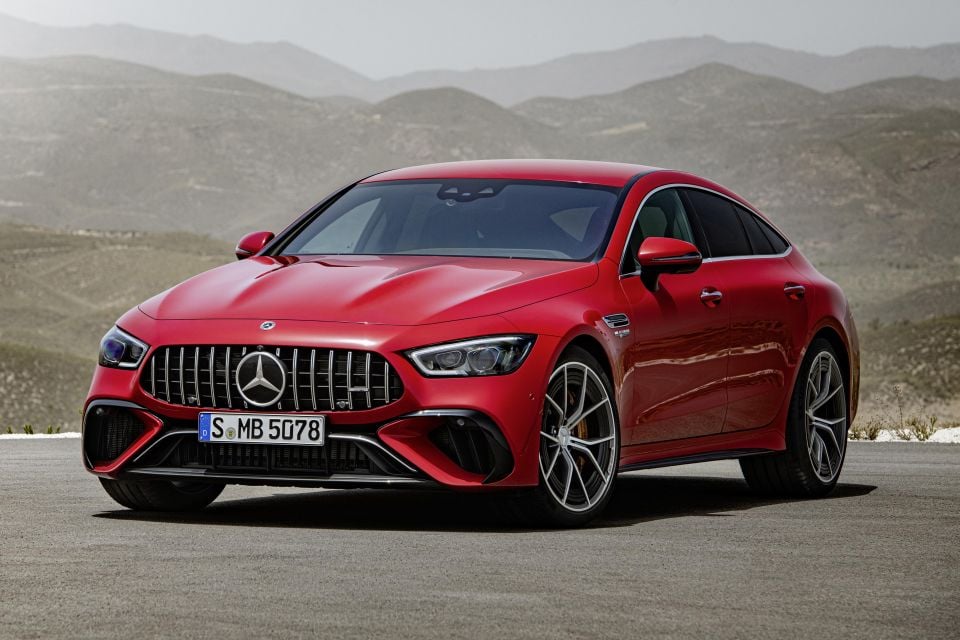
Mercedes-AMG’s first hybrid, the GT 63 S E Performance, blends a 4.0-litre twin-turbo V8 engine with an electric motor for 620kW of power and a staggering 1400Nm of torque.
It’ll be in Australia during the second half of 2022.
The plug-in hybrid can do 12km on electric power alone and can hit 100km/h in 2.9 seconds.
The 150kW/320Nm e-motor is on the rear axle, where it’s combined with a two-speed transmission and an electronic limited-slip differential.
It’s mechanically linked to the car’s all-wheel drive system, so it can shuffle torque between the axles as required.
MORE: 2022 Mercedes-AMG GT 63 S E Performance confirmed for Australia

Ultra-luxury brand Mercedes-Maybach’s next model looks set to be based on the upcoming Mercedes-Benz EQS SUV.
The company has released a single teaser of the large, all-electric SUV, revealing a more curvaceous body than the brand’s other SUV, the V8-powered Mercedes-Maybach GLS600.
Riding the new Electric Vehicle Architecture shared with the EQE, EQE SUV and EQS, the Mercedes-Maybach EQS SUV will likely feature the expansive MBUX Hyperscreen and the more powerful of the EQS’ powertrains.
That means either a dual-motor powertrain with 385kW of power and 855Nm of torque, or the more powerful 580kW option set for introduction in the Mercedes-AMG EQS.
MORE: 2023 Mercedes-Maybach EQS SUV teased
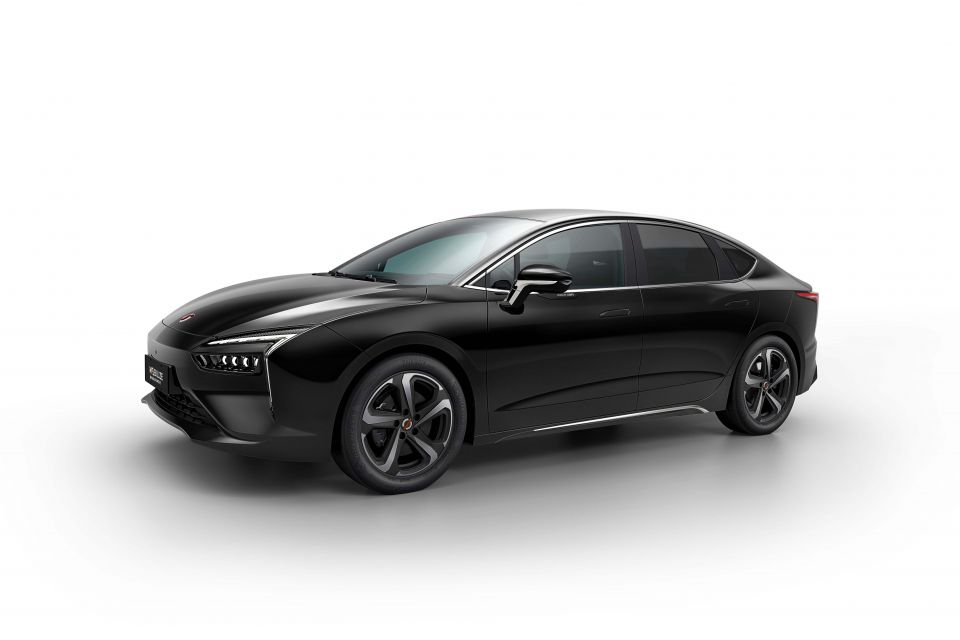
Renault’s mobility brand will reveal the all-electric Limo, developed as part of a joint venture with Jiangling Motors.
Starting in the second half of 2022, Mobilize will offer the Limo to businesses in Europe and will provide charging, maintenance and warranty for the vehicles.
The Mobilize brand will play host to a range of all-electric vehicles created exclusively for private hire, taxis and fleet use, with the Limo available only via a booking app.
The 4.67m long Limo is powered by a 60kWh lithium-ion battery mated to a single electric motor that produces 110kW of power and 220Nm of torque.
MORE: Mobilize reveals subscription-based Limo
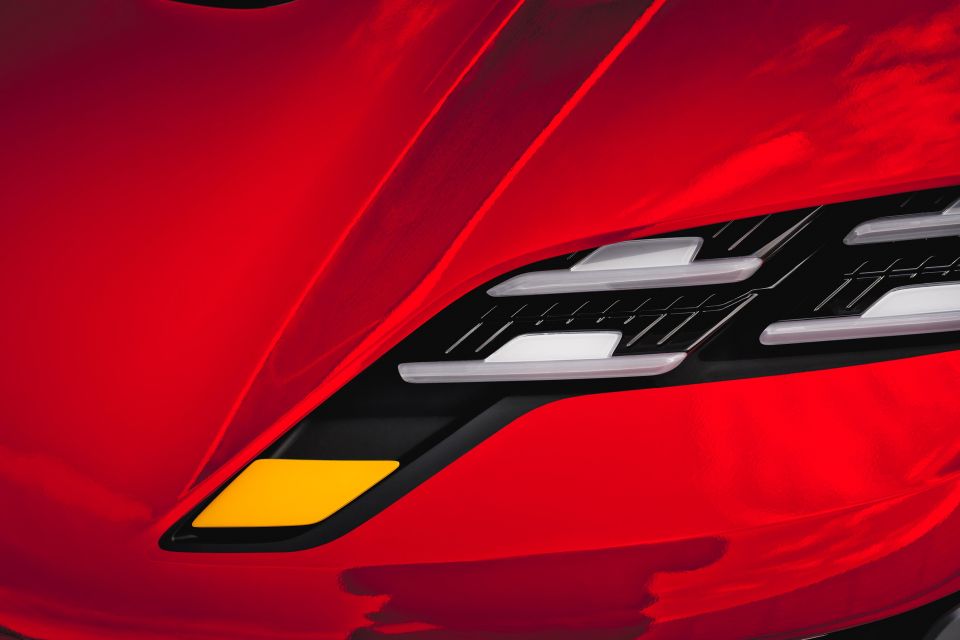
Porsche is playing its cards close to its chest with the concept it’ll debut at Munich.
It has revealed a single image showing only the headlight, which bears a close resemblance to that of the Taycan, and has said nothing beyond that it’s a “future-oriented” concept study.
MORE: Porsche teases ‘future-oriented’ concept for Munich

Renault is introducing a pair of affordable, retro-styled electric vehicles on a new platform called CMF-BEV.
The 5, which pays homage to the long-running city car of the same name, will make its in-person debut at Munich after having been revealed back in January.
The new platform will keep costs down by sharing bits with the Renault Captur’s CMF-B platform, and will use a new nickel-cobalt-manganese battery pack.
Renault has yet to reveal technical specifications of the 5, though it may do so at the Munich show.
MORE: Renault 5: Retro concept points to reborn electric hatch
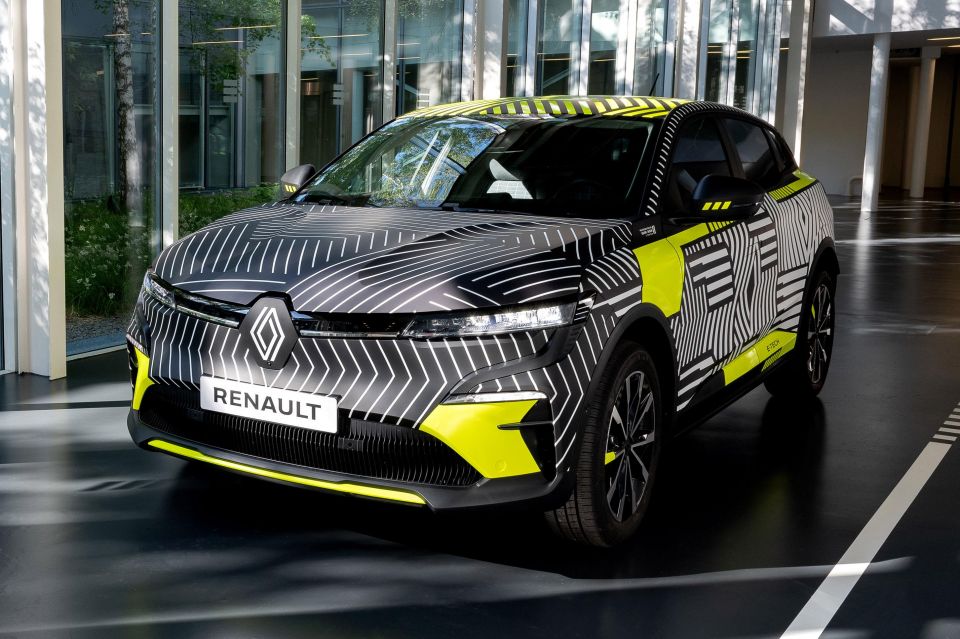
Renault will expand the Megane family with the E-Tech all-electric crossover, which shares its CMF-EV architecture with the upcoming Nissan Ariya.
Production of the all-electric crossover is set to begin in 2022.
According to Renault, the electric Megane will be available with a 60kWh battery with a single electric motor producing 160kW of power.
Renault claims a range of 450km under the WLTP standard.
MORE: 2022 Renault Megane E-Tech Electric spied

Smart is the latest brand to enter the SUV arena, with the brand working on two crossovers as part of a joint venture with Geely.
The as-yet unnamed concept SUV set to be revealed at Munich is said to ride on Geely’s new Sustainable Experience Architecture (SEA) and is expected to be larger than the brand’s current models.
The SEA platform can be configured with front-, rear- or all-wheel drive and one, two or three electric motors.
It will support over-the-air updates and autonomous driving technology, and promises a maximum range in excess of 700km, though Geely – like many Chinese automakers – follows the more lenient NEDC measures.
MORE: Smart introducing two SUVs
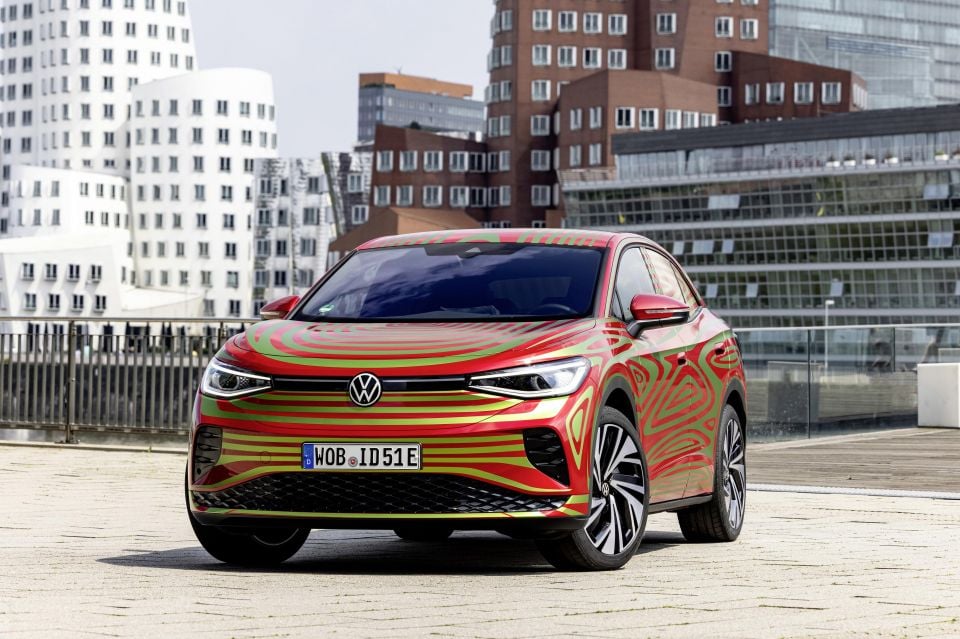
The sporty version of Volkswagen’s ID.4-derived electric coupe SUV will be shown in “disguised concept” form, but peel away the psychedelic camouflage and you’ve got the production model.
The company projects an electric range of 497km on the WLTP cycle, though it hasn’t released any further powertrain information.
The ID.5 GTX, however, is almost certain to share its dual-motor powertrain with the ID.4 GTX revealed earlier this year.
The ID.4 GTX has a 77kWh battery pack and produces 220kW of power, sent to all four wheels. It has a 0-100km/h time of 6.2 seconds and a range of 480km.
MORE: 2022 Volkswagen ID.5 GTX concept revealed
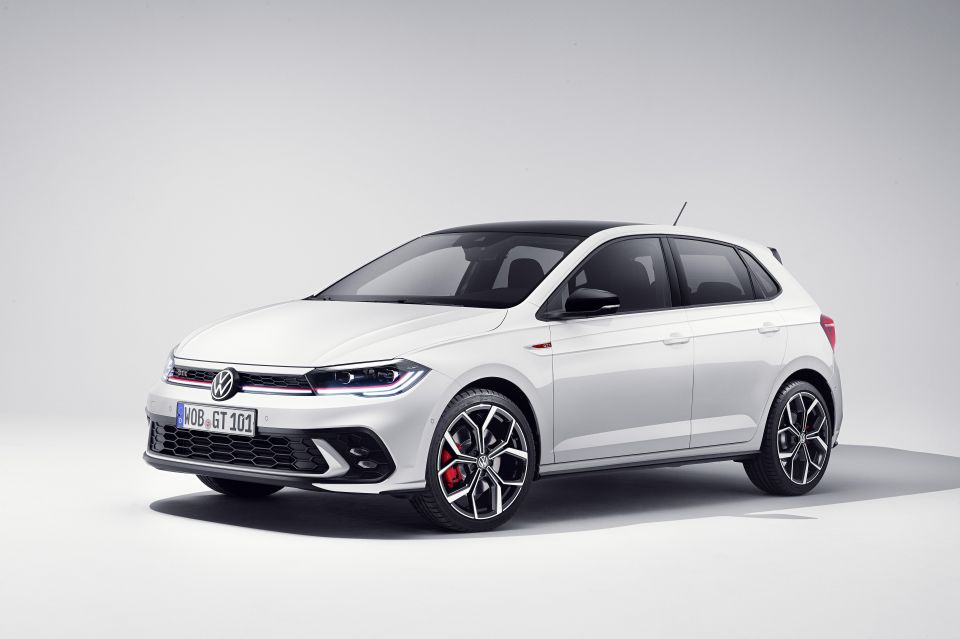
Volkswagen’s light hatchback has gone in for a mid-cycle facelift, with tweaked visuals inside and out.
There are standard LED headlights and optional matrix LED units, while inside there’s a new steering wheel and more touch-capacitive controls. There’s a choice of 8.0- and 9.2-inch touchscreens, plus a 10.25-inch digital instrument cluster.
All models will use carryover powertrains, including a 1.0-litre three-cylinder turbo with either 70kW or 85kW of power and a 147kW 2.0-litre turbo in the GTI.
The updated range arrives locally in the first half of 2022.
MORE: 2022 Volkswagen Polo GTI revealed, here next May MORE: 2022 Volkswagen Polo facelift revealed
William Stopford is an automotive journalist based in Brisbane, Australia. William is a Business/Journalism graduate from the Queensland University of Technology who loves to travel, briefly lived in the US, and has a particular interest in the American car industry.


Damion Smy
3 Days Ago
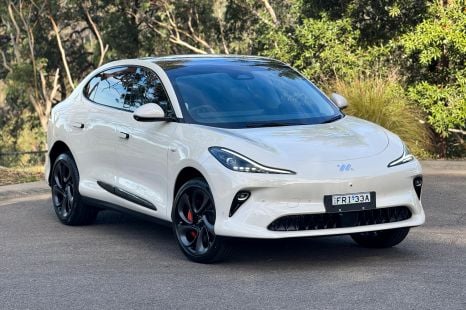

Matt Campbell
1 Day Ago


Josh Nevett
1 Day Ago


Max Davies
1 Day Ago
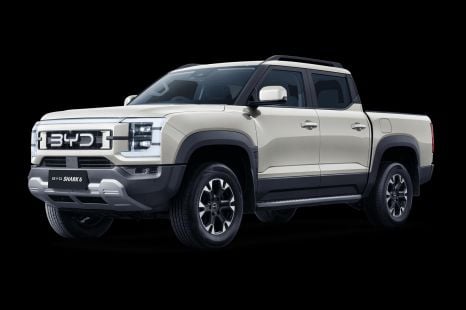

William Stopford
23 Hours Ago
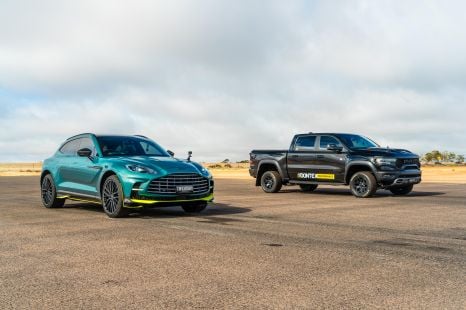

Paul Maric
23 Hours Ago